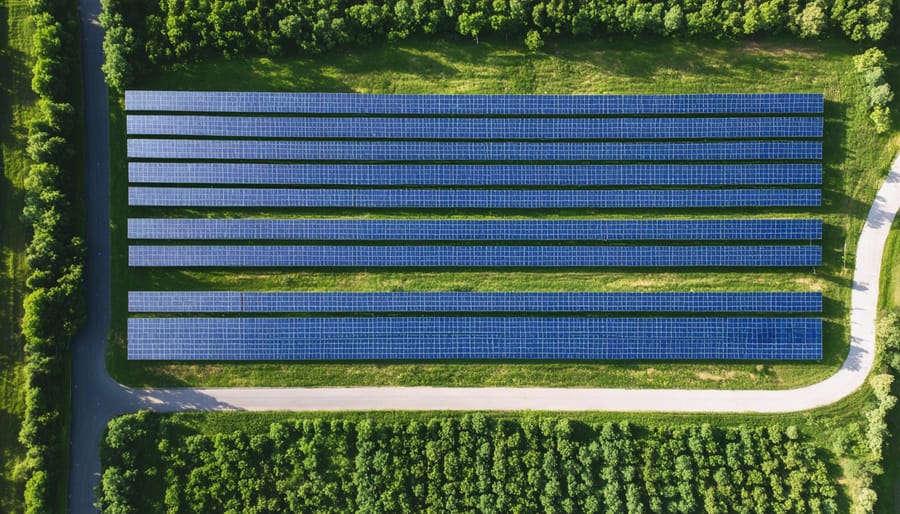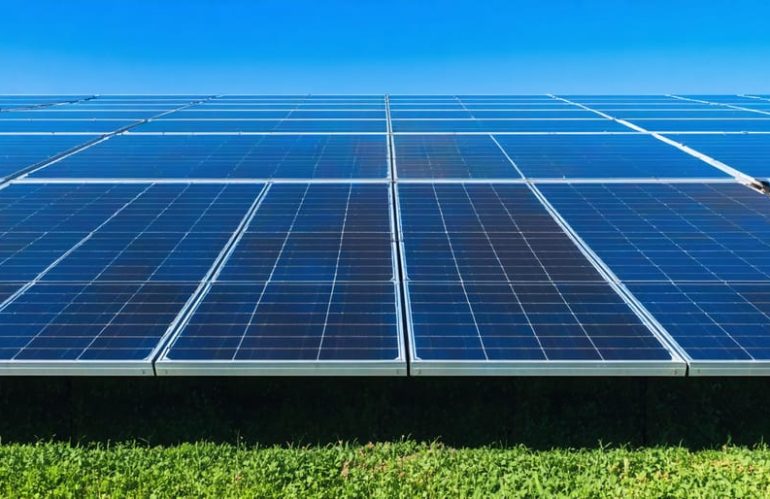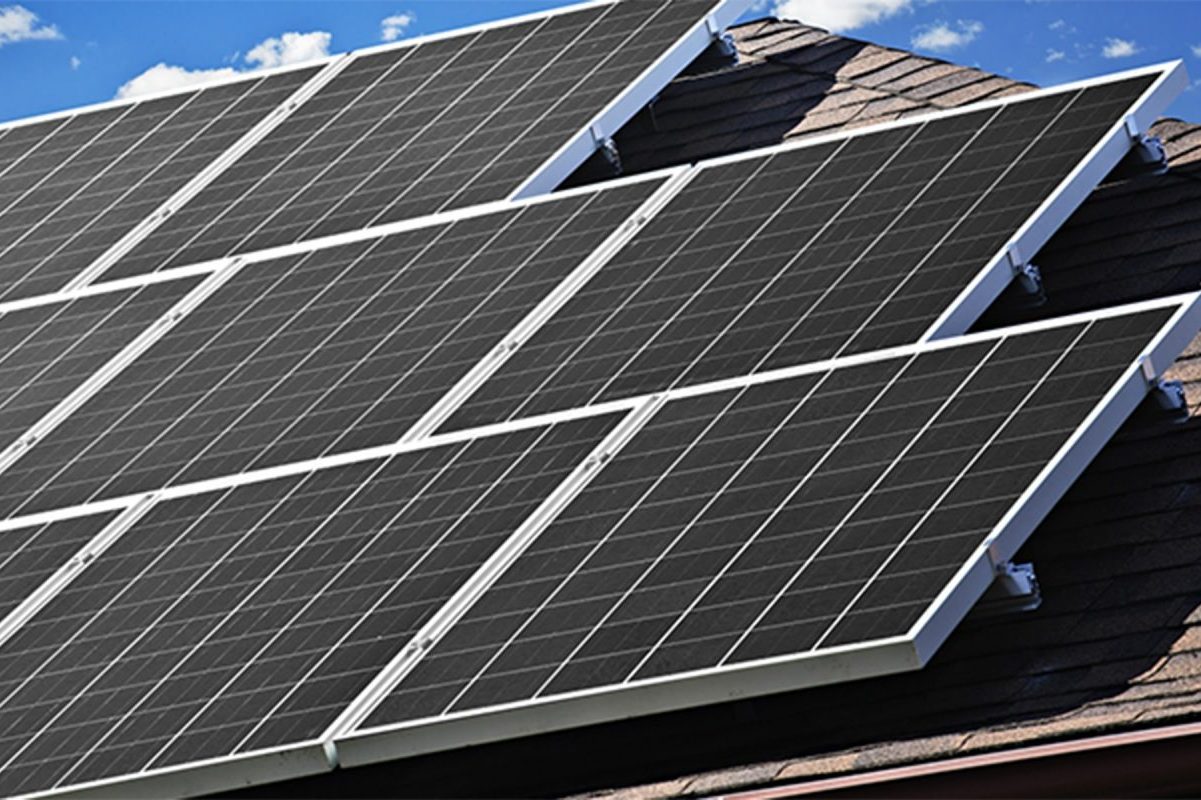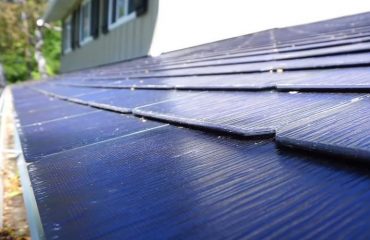Assess Local Interest and Support
To assess local interest and support for your community solar project, start by conducting surveys or hosting informational meetings. Engaging with community members directly helps you understand their needs, concerns, and willingness to participate. Identify potential participants by reaching out to homeowners, renters, and businesses in the area who may benefit from lower energy bills and a reduced carbon footprint.
Rally support from local leaders and organizations to strengthen your project’s credibility and reach. Connect with city officials, neighborhood associations, environmental groups, and influential community members. Their endorsement can help generate buzz and encourage more people to get involved.
Emphasize the benefits of community solar, such as cost savings, increased energy independence, and a greener future. Debunk common myths and address concerns head-on to build trust and understanding. Highlight success stories from other community solar projects to demonstrate the positive impact it can have.
Throughout your outreach efforts, maintain an approachable and informative tone. Use clear, concise language that resonates with your target audience. By fostering open communication and building relationships with community members, you’ll create a strong foundation of support for your solar project.

Evaluate Site Options and Feasibility

Solar Site Assessment
To evaluate a site’s solar energy potential, start by assessing the amount of sunlight it receives. Use tools like NREL’s solar resource maps to determine the average daily and annual solar radiation in your area. Next, consider the site’s orientation and tilt. South-facing roofs with a slope between 15-40 degrees are optimal for solar panel installation. Identify any shading obstacles like trees or neighboring buildings that could impact solar energy production. Conduct a professional site assessment to get a detailed analysis of your site’s solar potential, including estimated system size, energy output, and cost savings. This assessment will also help determine the feasibility of your community solar project and guide your planning process. Remember, even if your site isn’t perfect, there are often solutions like ground-mounted arrays or adjusting panel placement to optimize solar energy generation.
Navigating Local Regulations
Before breaking ground on your community solar project, it’s crucial to navigate the local regulatory landscape. Start by researching zoning laws in your area to ensure the proposed site is suitable for a solar installation. Check with your local planning department to understand any restrictions or requirements.
Next, review building codes that may impact the design and construction of your solar array. Engage with your local building department to discuss the project and gather necessary information.
Determine which permits are required for your community solar project. These may include building permits, electrical permits, and land use permits. Work closely with your installer and local authorities to identify and obtain all required permits before proceeding.
By thoroughly researching and adhering to local regulations, you’ll lay a solid foundation for your community solar project and avoid potential legal roadblocks. Collaborating with experienced professionals and maintaining open communication with local officials will help ensure a smooth and compliant process.
Design Your Solar Project
Designing your community solar project involves several key steps. First, determine the optimal project size based on your community’s energy needs, available space, and budget. Conduct a thorough assessment of the site, considering factors like sun exposure, shading, and roof conditions if applicable. Next, select solar equipment that balances efficiency, durability, and cost-effectiveness. Research reputable brands and compare specifications to find the best fit for your project.
When creating the system design and layout, work with experienced solar professionals who can optimize the array configuration for maximum energy production. They’ll consider the site’s unique characteristics and any local building codes or regulations. A well-designed system will not only perform better but also integrate seamlessly with the surrounding environment.
Throughout the design process, prioritize safety, reliability, and ease of maintenance. Plan for secure mounting systems, proper wiring, and accessible junction boxes. Incorporate monitoring equipment to track performance and identify any issues promptly. By investing time and effort into a thoughtful design, you’ll set your community solar project up for long-term success while minimizing potential challenges down the road. Remember, a well-designed system is the foundation for clean, affordable energy that benefits everyone involved.
Secure Financing and Participants
Securing financing for your community solar project is a crucial step in making your vision a reality. Explore various financing options, such as loans tailored for renewable energy projects, grants from government agencies or non-profit organizations, and investment models that allow community members to become stakeholders. Don’t let the upfront costs deter you – many financing solutions are designed to make solar projects accessible and affordable for communities.
Once you have a solid financing plan in place, it’s time to enroll committed participants. Reach out to homeowners, businesses, and organizations in your community who have expressed interest in joining the solar project. Clearly communicate the benefits, such as reduced energy bills, increased property values, and the opportunity to support clean energy. Establish transparent subscription terms that outline the costs, contract duration, and any potential credits or savings participants can expect.
To ensure a successful enrollment process, host informational meetings or webinars to answer questions and address any concerns. Provide resources that explain the technicalities of solar energy in layman’s terms, making it easy for everyone to understand. Emphasize the positive environmental impact and the sense of pride that comes with being part of a community-driven sustainability initiative.
As you secure financing and participants, keep in mind that the success of your community solar project relies on the collective commitment and enthusiasm of everyone involved. By presenting a clear, achievable plan and fostering a sense of ownership among participants, you’ll be well on your way to bringing clean, affordable energy to your community.
Navigate the Legal Landscape
Setting up the appropriate legal structure is crucial for navigating the legal landscape when starting a community solar project. The most common options are forming a limited liability company (LLC), cooperative, or nonprofit organization. Each has its own benefits and requirements, so it’s essential to consult with a legal professional to determine the best fit for your project.
Applying for necessary permits and approvals is another key step. This typically includes obtaining building permits, electrical permits, and interconnection agreements with the local utility company. Zoning laws and environmental regulations may also come into play. Engaging with local authorities early on can help streamline the process and avoid costly delays.
Creating clear and comprehensive participant contracts is vital for protecting all parties involved. These contracts should outline the terms of participation, including financial contributions, ownership stakes, and responsibilities. They should also address potential issues such as liability, maintenance, and dispute resolution. Having a solid legal framework in place builds trust and ensures the long-term viability of your community solar project.
While navigating the legal landscape may seem daunting, there are many resources available to assist you. Seek guidance from experienced professionals, connect with other successful community solar projects, and tap into the growing network of support for renewable energy initiatives. By taking a proactive and diligent approach to the legal aspects, you’ll lay a strong foundation for your community solar project to thrive.
Construct and Launch Your Solar Project
With the legal and financial groundwork laid, it’s time to bring your community solar project to life. Begin by selecting reputable installers through a competitive bidding process, ensuring they have the necessary expertise and certifications. Work closely with the chosen team to oversee the construction of the solar array, adhering to all local building codes and safety regulations, as outlined in solar safety tips. As the installation progresses, establish a system for ongoing monitoring and maintenance to ensure optimal performance and longevity of the solar panels.
Once the installation is complete, it’s time to celebrate your community’s achievement. Organize a ribbon-cutting event, inviting local officials, media, and all those who contributed to making the project a reality. This event serves as an opportunity to showcase the environmental and financial benefits of community solar, inspiring others to follow in your footsteps. As you gather to commemorate this milestone, take pride in knowing that your collective efforts have not only reduced your community’s carbon footprint but also fostered a sense of unity and shared purpose among neighbors. Your community solar project stands as a shining example of the power of collaboration and the potential for positive change when people work together towards a common goal.

Conclusion
Starting a community solar project may seem daunting at first, but by following the key steps outlined in this article, you can successfully navigate the process. From gauging community interest and forming a core team to securing funding, selecting a site, and navigating legal requirements, each step brings you closer to making your dream of clean, affordable energy a reality.
Remember, community solar projects offer numerous benefits beyond just reducing your energy bills. By participating in a shared solar project, you’re contributing to a cleaner environment, supporting local jobs, and fostering a sense of community. You’re also helping to debunk myths about solar energy and demonstrating its accessibility to a wider audience.
If you need further support or guidance along the way, don’t hesitate to reach out to local renewable energy organizations, solar installers, or community solar advocates. With determination, collaboration, and a commitment to sustainability, you can successfully launch your community solar project and pave the way for a brighter, cleaner future.









